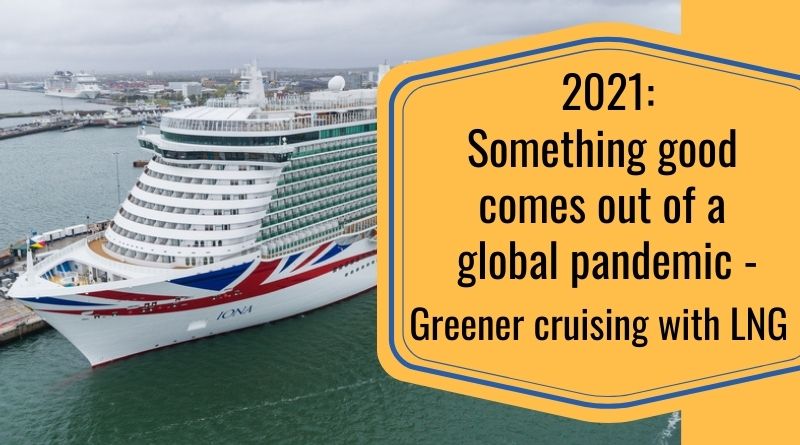
2021: the year of greener cruising with the launch of four LNG ships
At the start of 2020 we had no idea what would happen in our prospective nations and to our beloved cruise industry. We could not imagine a global situation that would result in most of the industry shutting down for 15+ months. Nearly all travel ground to a halt. Cruise lines too were struggling to fund this time of idleness. Carnival Corporation & PLC (CCL), the entity behind brands such as Princess, Carnival Cruise Line, P&O Cruises, AIDA, and others was greatly affected too. Like most cruise companies, in order to release funds, Carnival Corporation brands sold off many of their older vessels. Some went to new outside buyers, a few were sold to other brands within the wider CCL family, but many were sold for scrap. And it is because of this that cruising is becoming greener. Existing fleets are now younger and more energy-efficient. But most excitingly, in 2021 Carnival Corp brands will have four fully LNG operational ships at sea making waves in terms of sustainability. Greener cruising advances like LNG for fuel are vital for the successful continuation of our beloved industry. We need to protect our seas to continue to enjoy them.
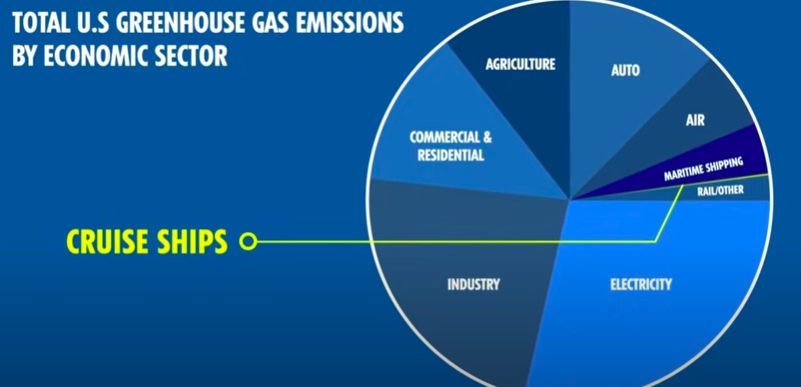
In the media, the wider cruise industry has a poor reputation for harmful emissions. I am sure I am not the only vegan who gets lectured at by fellow vegans, for choosing to cruise. But at least in the US cruise industry carbon emissions are small compared to the wider industry, on land transport emissions or even within the marine industry itself (1% as per EPA 2018). Carnival Corporation believes they have a role to play in reducing global emissions: to protect our planet, its ecosystems. The wider company aim is to reduce CO2 emissions by 40% from the 2008 baseline by 2030. In 2019 CCLhad already reached a 29% reduction and is on target – especially with the younger fleet and new vessels entering service. To achieve this target, Carnival Corp partnered with fuel and energy company Shell. This joint greener cruising LNG initiative is further advanced in 2021 when four of these new LNG ships enter service.
What is LNG and how does it make cruising greener?
LNG stands for liquefied natural gas. It is odourless, colourless, non-toxic and the cleanest burning fossil fuel. Compared to traditional ship fuel (marine diesel), LNG offers the cruise industry much lower CO2 and Nitrogen Oxide emissions. NLG also eliminates near-all particulate emissions (soot) and Sulfur Oxide emissions, benefitting the environment and the sea air we all breathe while onboard. A University of Texas paper from 2018 states LNG reduces sulfur emissions by 99%, nitrogen oxide by 85% and greenhouse emissions but as much as 30%. Cruising isn’t as polluting as some parties like to paint it as, especially if you choose to sail on the newer ships. Specifically, if you opt for one of the new LNG ships.
LNG can either be extracted from natural reservoirs or it can be made from organic waste (Bio LNG) by harvesting the gas from the breakdown of organic matter, making it near carbon neutral.
When cooled down to -162C, LNG turns into a liquid. The cooling process not just shrinks down volume 600 times, making it easier to transport. In its liquid form, it is also inflammable.
Since 2015, LNG has been a part of Carnival Corporation’s decarbonisation programme to reduce greenhouse gas emissions across their brands. AIDA already reports great CO2 savings from AIDANova in their 2019 Sustainability Report.
…the use of LNG and other measures to reduce energy consumption in the hotel, catering and leisure sectors, the CO2 emissions per person and day on board AIDAnova could be reduced by around 55 percent to 27 kg in 2019 compared to the fleet average emission (59.8 kg) in the fiscal year 2018
Carnival Cruise Line produced this helpful video on LNG, available on Youtube
Introducing greener cruising by bringing LNG to port
Carnival Corporation first implemented LNG back in 2015 for in-port purposes (dual fuel AIDA ships utilising LNG while docked only). The first at-sea LNG-fuelled ship in the CCL portfolio was launched by the German AIDA brand in 2018, the AIDANova. Another European CCL brand, Costa Cruises, launched their first LNG ship Costa Smeralda at the end of 2019 for the Italian market.
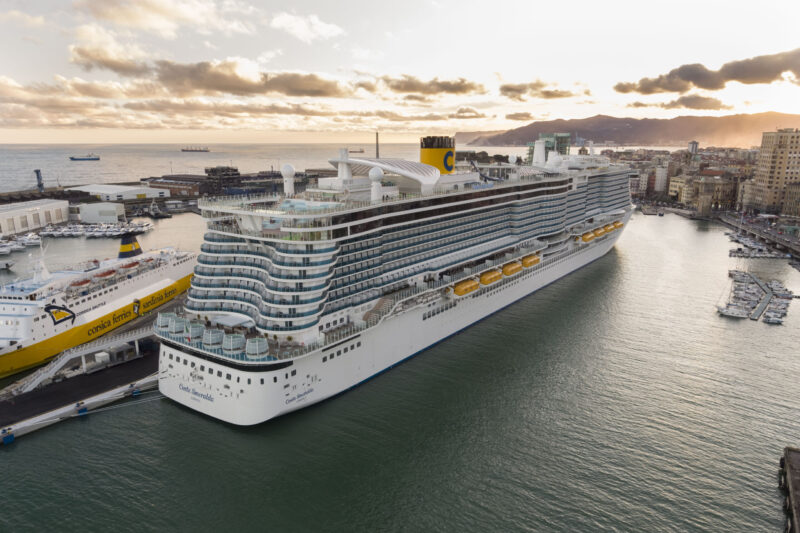
Summer 2021 LNG ship launches
The wider cruising audiences will become familiar with this greener cruising initiative this summer when the active Carnival Corporation LNG fleet grows to four. First for the US market is the brand new Mardi Gras (for Carnival Cruise Line) which has just arrived in her new LNG-ready home in Port Canaveral. She is due to commence sailing at the end of July 2021, once all the required ticks are in place (CDC restrictions, federal & state legislation issues pending).
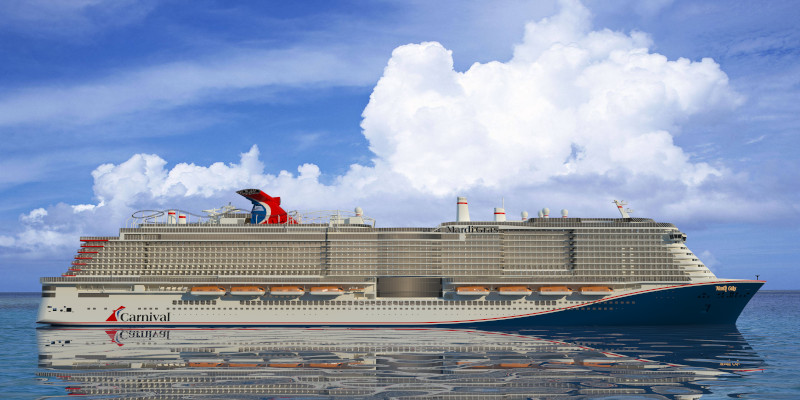
Mardi Gras should be joined by her LNG sister Carnival Celebration in late 2022.
Summer 2021 sees LNG cruising commencing in the UK too
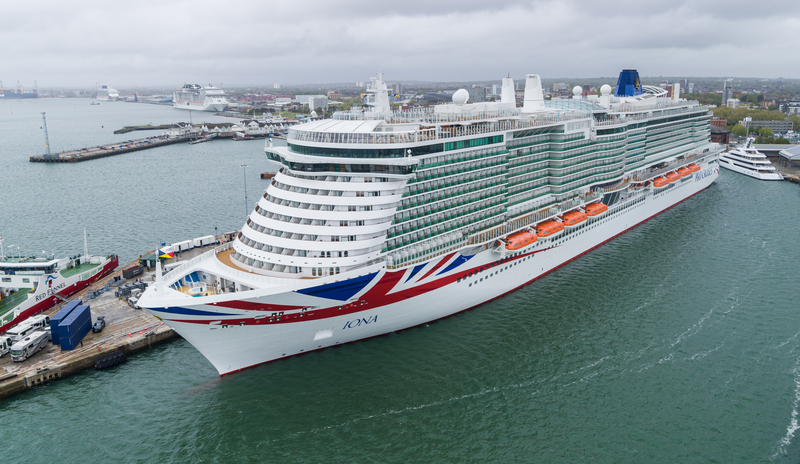
Southampton welcomed UK’s first LNG ship home in May 2021 when P&O Cruises’ Iona came home and had her christening celebrations on May 16th. Iona too will receive a green sister, due in December 2022, the P&O Arvia.
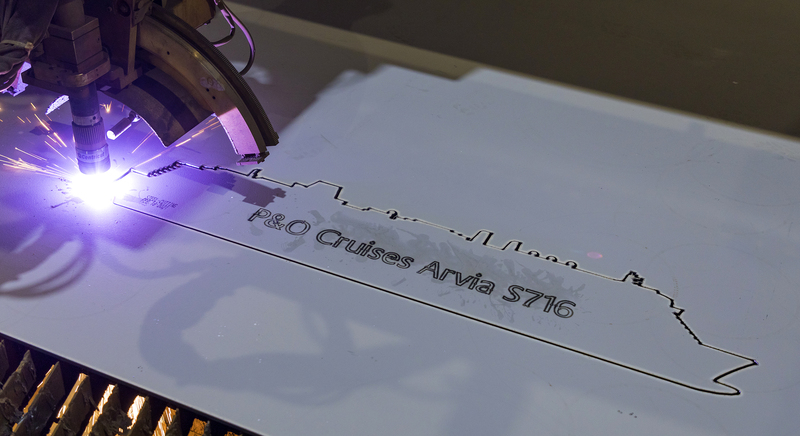
More LNG ships to be based in Europe
Both German and Italian Carnival brands are due to receive further LNG ships into their fleet at the end of the year. Costa brand should have Toscana join its operations for Christmas 2021. Similarly, AIDA Cosma is also selling inaugural cruises for Christmas 2021. But as we all know, and with the current global situation affecting all industries, I wouldn’t be surprised if those too were delayed into 2022.
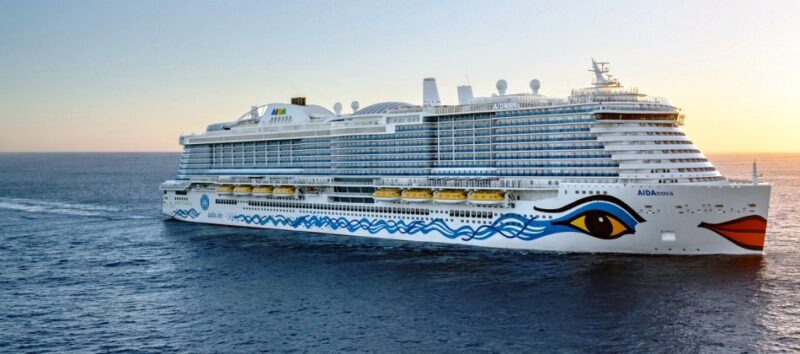
Princess Cruises going greener too?
Although much later than the other brands above, Princess Cruises too has signed a contract for two LNG ships to be built by Fincantieri in Italy. There remain unnamed as yet, and are due in 2023 and 2025.
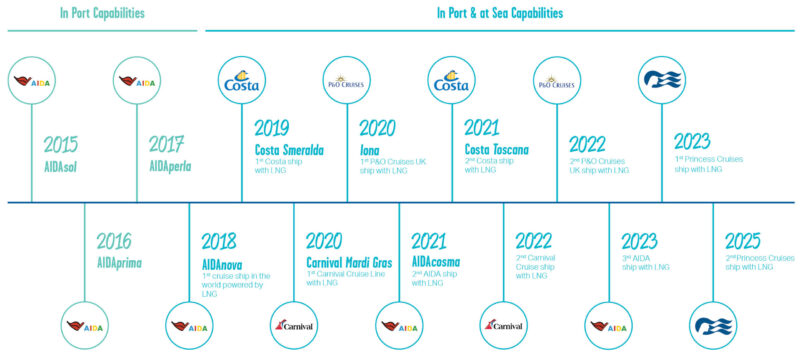
So not only will 2021 finally see cruising return, but that cruising is cleaner too thanks to LNG. Or at least for the Carnival Corporation family of cruise lines. If you are eco-minded and want to consider your holiday carbon footprint (say you don’t fly, either) then booking one of the new CCL LNG ships should certainly be your first consideration for a cruise. Who wouldn’t want to sail on a brand new ship anyway? Especially one that will be kinder to the environment – so that we can continue to cruise and to enjoy our planet for many more years. You can read more about the Carnival Corporation 2030 sustainability goals here, in the new document released in June 2021
Any questions, don’t hesitate to get in touch. I’ll be cruising on P&O Iona later this summer so should have more information on her to share come September! I’m certainly looking forward to trying their vegan options.

PS. later amendment/addition
US cruising is going green too – Carnival Cruise Line takes on two newbuilt LNG ships in 2023
As per a press release dated today (June 23rd 2021), Carnival Cruise Line announced plans to grow its LNG fleet by two additional ships by 2023, taking the delivery position of an Excel-class ship that had previously been assigned to German sister line AIDA Cruises. These two ships should arrive in the US in late 2023.
These two ships are in addition to Mardi Gras, Carnival’s first Excel-class, liquefied natural gas (LNG)-powered ship which starts sailing from Port Canaveral on July 31 and her sister ship, Carnival Celebration, which will be delivered and sail from Miami starting in late 2022, as part of Carnival’s 50th birthday festivities.
The addition of these four LNG ships will bring the Carnival Cruise Line fleet to 27 by year-end 2023, and these ships bring many environmental benefits and enhancements to the fleet as Carnival continues to exceed and expand targets for emissions efficiencies.

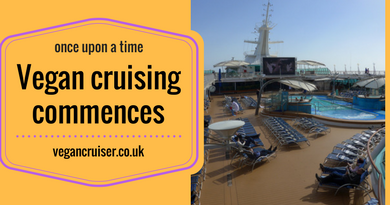

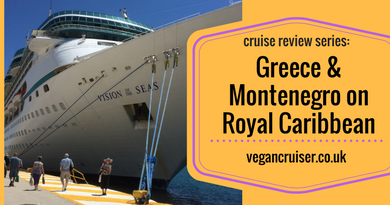
This is definitely a step in the right direction, the cruise industry needs to continue to do everything it can to reduce its environmental impact for the planet and it’s reputation. An interesting read, thank you 🙂
It should be said that some groups are saying that due to the methane leaks of LNG it jay be worse for the environment. Cleaner burning fuel and powering options are the best but in the mean time something like LNG can work, though it is controversial like scrubbers.
Something really good and generally cheaper is investing in using shore power.